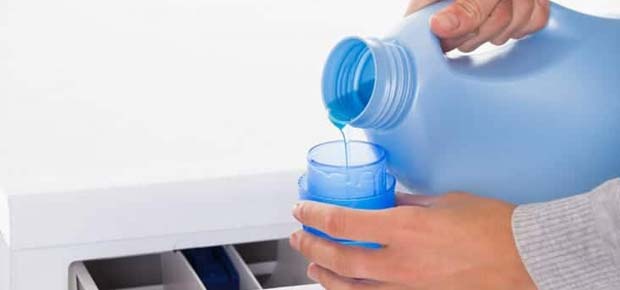The most common process for making soaps is the saponification of fats and oils. The technique involves the reaction of heated fats and oils with a liquid alkali to develop soap and water (neat soap) plus glycerin.
Another important method of soapmaking is the neutralization of fatty acids with an alkali. In this technique, fats and oils are hydrolyzed (split) using a high-pressure steam to produce crude fatty acids and glycerin. These fatty acids are then purified by distillation and neutralized with an alkali to yield soap and water.
In the case, the alkali is sodium hydroxide, sodium soap is formed, and on the other hand potassium soap is formed, if the alkali is potassium. Sodium soaps are hard soaps while potassium soaps are softer and are found in some liquid hand soaps and shaving creams. The carboxylate end of the soap molecule is attracted to water and is known as the hydrophilic (water-loving) end. The hydrocarbon chain is attracted to grease and oil and is known as the hydrophobic (water-hating) end.

Effect of Water Hardness on Cleansing ActionAlthough soap is a good cleaning agent, its effectiveness gets reduced in hard water. Hardness in water can be caused due to the presence of several mineral salts - primarily those of magnesium (Mg) and calcium (Ca). Sometimes the presence of iron (Fe) and manganese (Mn) can also cause hardness in water. The mineral salts react with soap and form an insoluble precipitate, which is known as a scum or soap film.
Soap films do not rinse away easily and are tend to remain behind. The remains of these soap films produce visible deposits on the fabric and make it stiff. The soap film also gets attached to the inside of bathtubs, sinks and washing machines.
As some of the soap is used in the process of reaction with hard water to form film, the amount of soap available for cleaning is reduced. Even in the case, clothes are washed in soft water, some hardness minerals are introduced on the clothes by soil. As the soap molecules are not very versatile they cannot be adopted to the variety of fibers, washing temperatures and water conditions available today.
The chemicals react with hydrocarbons derived from petroleum or fats and oils to form new acids that are similar to fatty acids.
A second reaction adds an alkali to the new acids that produces a type of anionic surfactant molecule.
Nonionic surfactant molecules can be produced by first converting the hydrocarbon to an alcohol and then reacting fatty alcohol with the ethylene oxide.
The nonionic surfactants can be further reacted with sulfur-containing acids to produce another type of anionic surfactant.
Three types of energies are required for effective cleaning
All these energies interact with each other and hence should be in proper balance. Now let us have a look at how they work together -
Lets' assume we have piece of fabric with oil and grease on it. Using water alone will not help and the reason for this is that the oil and grease present in soil repel the water molecules.
Now if we add a soap or detergent to the water, the water-repelling end of surfactant is repelled by water but is attracted by the oil in the soil. At the same time, the water-attracting end of surfactant is attracted to the water molecules.
These two opposing forces loosen the soil and suspend it in the water. Use of warm or hot water has found to be effective in cleaning as it helps dissolve grease and oil in soil. Washing machine agitation or rubbing with hands helps in pulling the soil free.

If you have decided to make soap at home, you will need soap making supplies in the form of raw materials, soap making equipment & tools ...
Read More
Someone has rightly said that clothes are not just clothes. They form an integral part of a person's personality and tell a lot about their nature and...
Read MoreCleansing products play an important role in the daily lives of people.
Both soaps and detergents are cleansing products that we frequently use in our
Soap is designed as a product to be used once and then flushed down the drain...